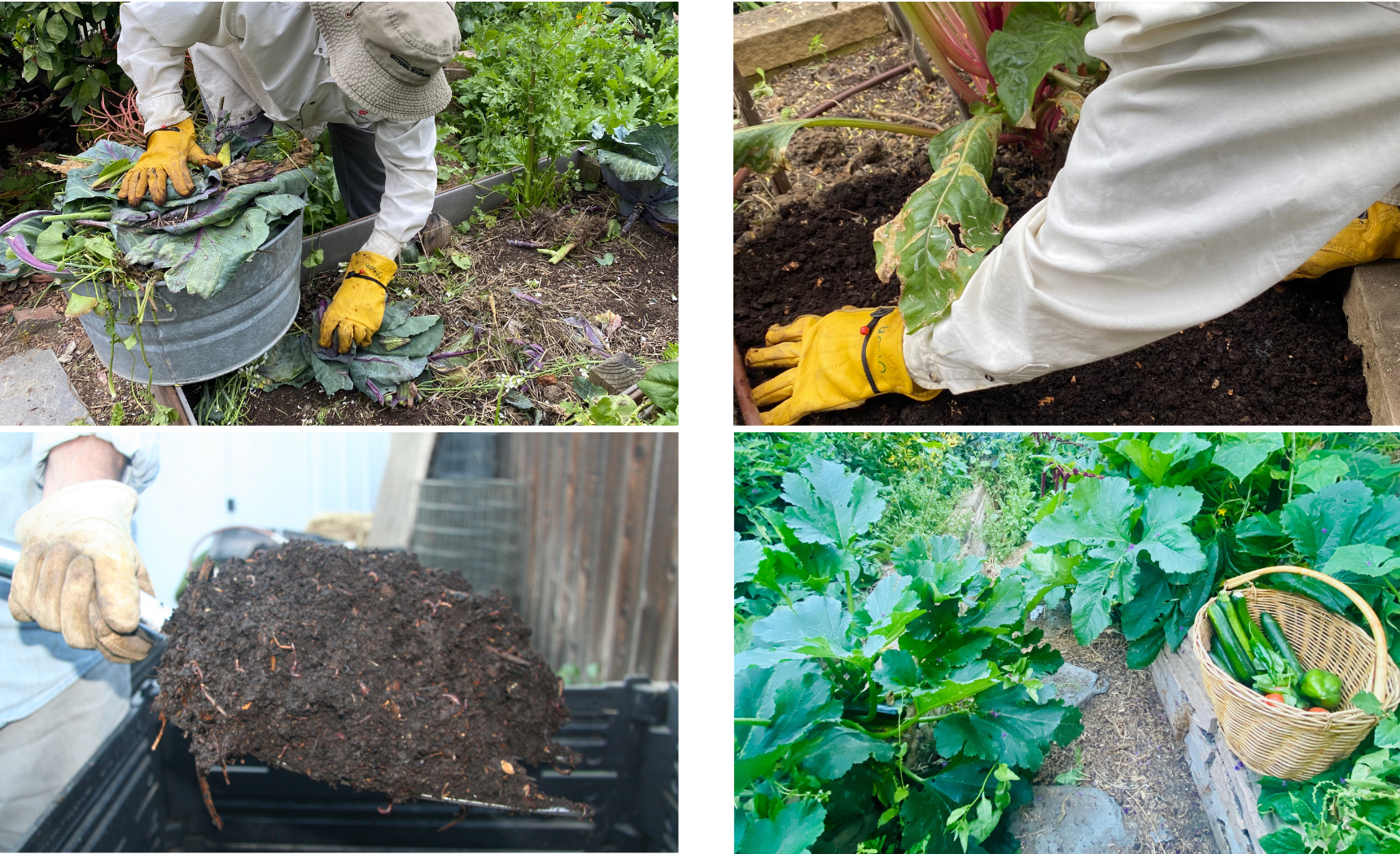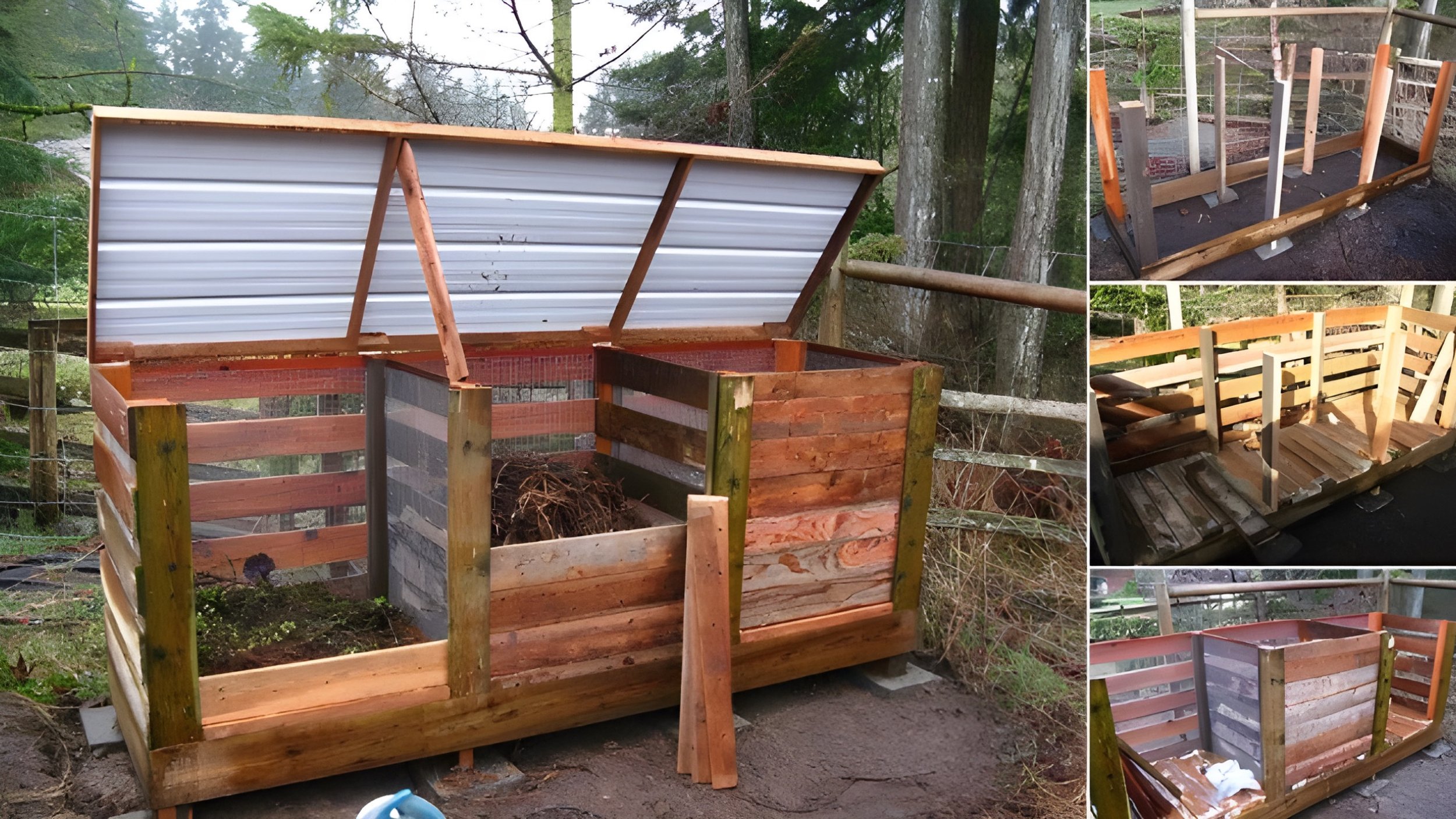World Soil Day!
"Soils: Where food begins"
The Smart Yards Coop team, wish you a Happy World Soil Day. Observed annually, on December 5th, World Soil Day aims to raise awareness about its importance for life sustaining in our planet. In this issue, we want to share some facts about soil, challenges, opportunities and how together we're making a difference to build and conserve our precious soil.
Soil provides the essential nutrients for plant growth, animal life and millions of microorganisms. However, if soil becomes unhealthy, unstable or polluted, the life cycle stops. Our work of converting lawns for the conservation of water goes hand to hand with the health and conservation of our soil. We keep soils healthy through a combination of practices and techniques to ensure that soil is fertile, productive, and is protected from erosion and deterioration. All resulting in water retention, healthy and productive plants and rich ecosystem beaming with life.
Soil plays a crucial role in storing carbon, curbing climate change and it is a vital contributor to human health. A recent research shows that a thin layer of compost applied to grasslands could help fight climate change by capturing carbon from the atmosphere and storing it in the soil. Soil's wealth of biodiversity also plays a key role in regulating, storing and filtering water. At Smart Yards Co-op we start our work from the ground up, ensuring soil conservation, and building healthy soil in every project through our methods of sheet mulching, organic compost application, composting system installations, building hugelkultur systems, as well as working with CA native grasses that prevent erosion and other techniques.
Soil Conservation Practices
Feed the soil with compost to encourage microbial activity and plant growth. Compost also improves the water-holding capacity of soil, making it more resilient to drought and flooding
Maximize continuous living roots by establishing woody perennial plants. If you grow annual vegetables, plant cover crops after harvesting and alongside the crops. Plant roots exude carbohydrates that feed soil microbes
Keeping un-planted areas covered with a thick layer of mulch such as wood chips, straw, tree leaves or compost is important. Mulch helps soil retain moisture, encourages microbial activity and prevents erosion. Ground cover plants and low cover crops also act as "living mulches" and are an excellent mulching solution.
Minimize disturbance; erosion, compaction and rototiller can harm soil microbes and release carbon to the atmosphere. Instead of tilling, try sheet mulching when preparing your garden beds
Avoid synthetic fertilizers, pesticides and herbicides which harm the microorganisms that play an important part in storing carbon in the soil. Also, applications of synthetic nitrogen fertilizer can cause nitrous oxide emissions, a greenhouse gas that traps 300 times more heat than carbon dioxide
Maximize biodiversity; the more diverse the above ground plant community is the more diverse the below ground soil food web will be. A thriving soil food web is excellent habitat for beneficial microbes and also helps prevent pests and pathogens from harming plants.
Fertile soil is teeming with beneficial soil microbes. It is estimated that there could be billions of microbes in a gram of soil. Bacteria, fungi, and protozoa are major players in soil microbial processes. They perform a variety of functions beneficial to soil and the plants growing in that soil. Other soil organisms of importance are nematodes, arthropods, and earthworms
Feel free to share this information with your family and friends. Contact us and step forward to transform you outdoor space into a healthy, rich and earth friendly living ecosystem for all to enjoy.
“Land is not merely soil, it is a fountain of energy flowing through a circuit of soils, plants and animals.”






